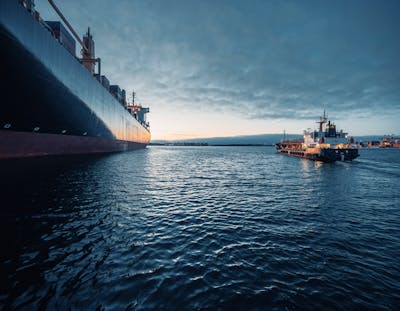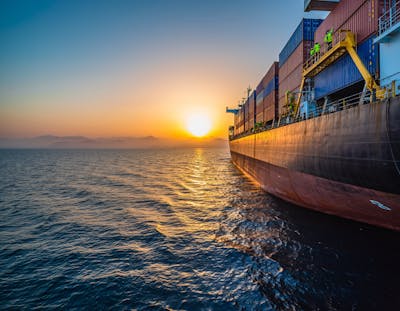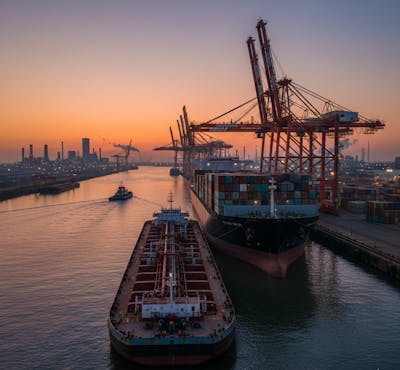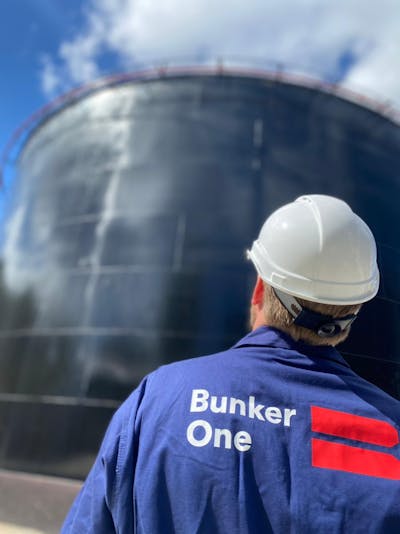Navigating safely through compliance concerns regarding 2020
Luckily for the industry, there has been a lot of activity around the topic, as multiple NGOs and working groups have been working on ways to minimise the risk of non-compliance.
The real exposure and areas of non-compliance
At the same time, many analyses have been carried out trying to assess the real exposure and areas where undetected non-compliance situations might occur. There is also the probability; although very rare, of vessels navigating within shipping routes, exclusively between non-signatory flag states to Annex VI, which could be burning HSFO without being at risk of non-compliance.
To demonstrate the level of activity regarding this topic, we will highlight some of the key findings or facts supporting our view:
- Around 90% of global marine trade goes through ports in countries that are signatories to Annex VI.
- Around 95% of the bunkers purchased around the world are purchased by flags that are signatories to Annex VI.
- Ship owners and suppliers have a vested interest in making sure that there is equal latitude for everyone and that there is no easy way to take advantage of the new specs.
- Port state inspections are likely to be more diligent and focus on compliance especially in the early stages of the implementation.
- Charter contracts already have a clear and strong language regarding bunker procurement practices.
To help strengthen the level of compliance, various sub-task forces under IMO moreover arrived at two very strong process recommendations:
- Ban of carrying non-compliant fuels on board ships without the proper abatement technology on board the ships (scrubbers).
- A BDN/BDR Certification section that requires the suppler to certify that the fuel is compliant with the sulphur spec or that the fuel provided exceeds the spec but was ordered by the purchaser and that the vessel will have the means to comply with the regulation (by using abatement technology) or the vessel is subject to an exemption.
Supply of the right fuel for the customers
When we look at the different activities, studies/analyses and actions going on up to this point, Bunker One believes that the suppliers should focus on making sure that they provide the fuels ordered by the customers in accordance with the specifications outlined in their contracts.
Suppliers should not be expected to play a role in the monitoring and enforcing of compliance. Just like ship owners, they should not be responsible for monitoring the specifications coming out of refineries and blending operations. They should expect their suppliers to deliver within the specifications of the bunker fuel being ordered.
ISO Specifications for 2020 will not be ready in time. Instead, there is a possibility that there will be a “publicly available specification” by the time the new sulphur cap comes into effect. However, even this would be a challenge during the first 12 months or so, as no official ISO standards will be available by the time the new sulphur cap comes into effect. The official specifications are not likely to be ready until late 2020 or early 2021, however.
In summary, we believe that the monitoring and enforcement of the IMO specification should be left to the resources or authorities identified within the flag states. Suppliers and ship owners should focus on their core activities and make sure to follow agreed procedures or policies in support of strengthening compliance with the new specifications. There is no question that there is a strong probability for non-compliance to take place. Most of the recent estimates forecast the level of non-compliance to be around 10%.
Working with reliable suppliers and following the agreed policies and procedures will be very important. Bunker One is ready to assist you and be your preferred trusted supplier.
Related insights

Aalborg, Press release
European Bunker Markets in 25/26: Consolidation, Capacity, and Change
2025 in Review: Strengthening the Platform

West Africa, Press release
Building Market Share in 2025, Positioning for Sustainable Growth in 2026
A Bunker One Africa Perspective

Houston, Press release
U.S. Bunker Demand in 2025–2026: Why the Gulf Coast Still Leads
A Bunker One Houston Perspective

Aalborg, Press release
Belgium Hit Pause and Maritime Exemptions Remain in Germany
Europe’s implementation of RED III is about to reshape the marine fuel market, but not in a uniform way.